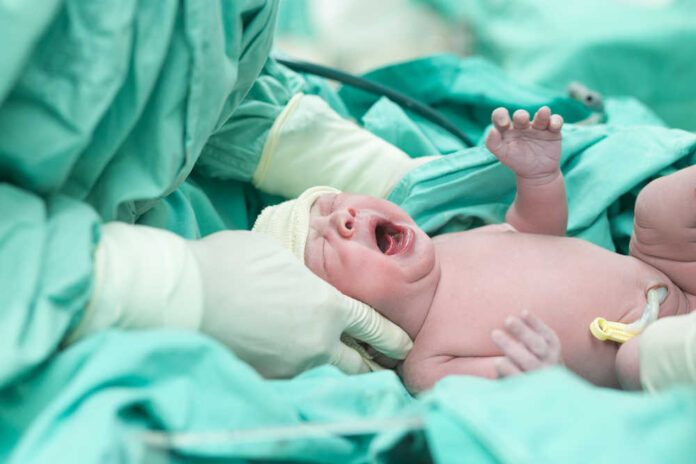
The birthrate in the U.S. continually declines as almost half of women under 45 in the country are childless, according to a study conducted by the CDC’s National Center for Health Statistics.
Nearly 52% of women between the 15 and 44 age bracket had children between 2015 and 2019. According to the study, that figure represents almost a 55% drop in the previous four years.
This trend has kept the fathers in; within the same period, the number of biological fathers in the same age bracket has also declined. About 40% of men became fathers between 2015 to 2019, compared to about 44% from 2011 to 2015.
The study showed the number of babies each woman is birthing decreased as well, with more women choosing to have children at a later age. The number of babies conceived and delivered by women has also dipped. The study reports suggested that more women put childbirth at the bottom of their preference list.
“The fertility measures in this report include having ever had a biological child, the number of children born alive to women or fathered by men, the timing of the first child, birth spacing, and marital or cohabiting status at first birth,” The report said.
The study’s authors cited several reasons for the trends, including women seeking higher levels of education as well as going after their dreams in a different career. The authors stated economic situations, changing family values, improved access to contraceptives, and unstable relationships as additional reasons.
The report revealed that having a first child at an older age positively impacts women’s wages and career paths. The report added that having children later in life could benefit the children because they would have “parents with greater family and economic stability.”
Early 2020 in the pandemic, there were speculations that the significant changes in the life of American families may lead to a recovery in the birthrate, as couples embraced each other during the lockdown.
The pandemic predictions, however, didn’t turn out as expected, with the results being the opposite. Births declined sharply at the time of the year when babies conceived at the start of the pandemic would have been born.



























